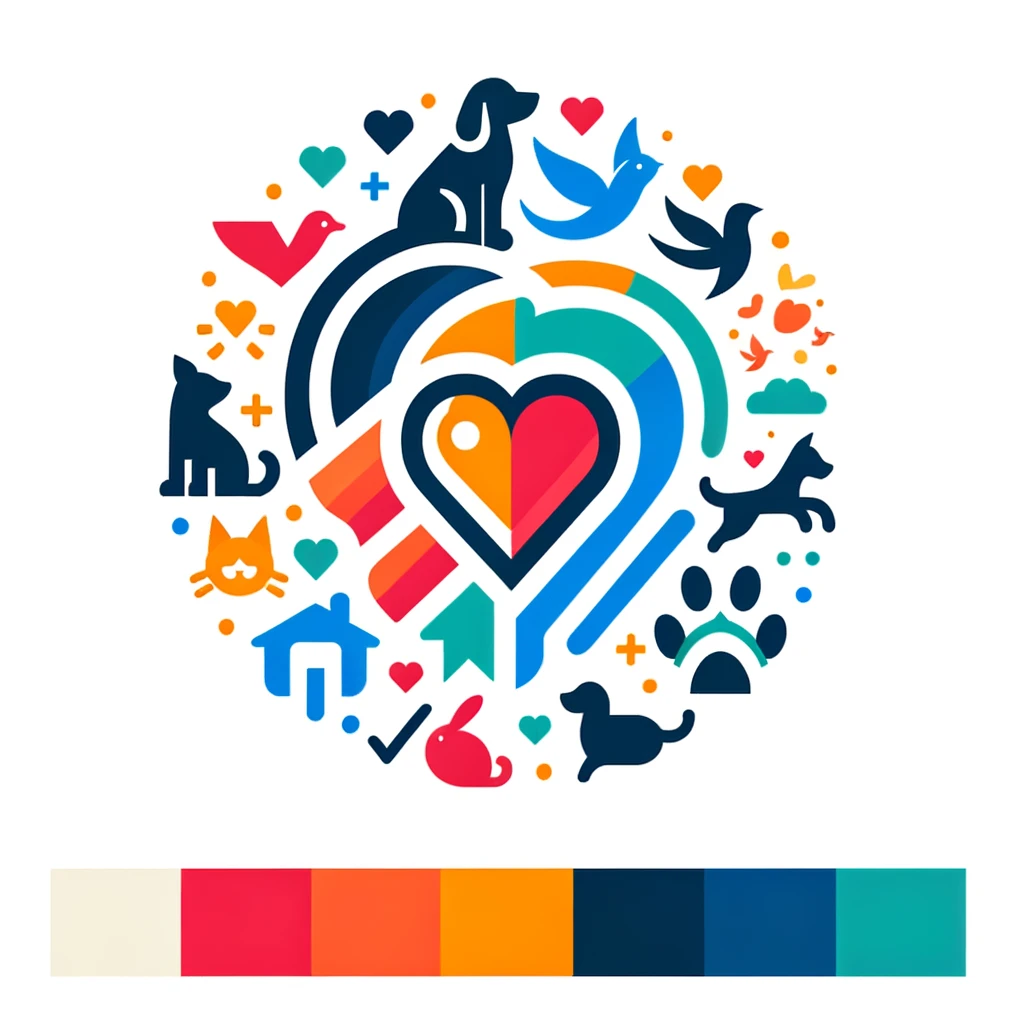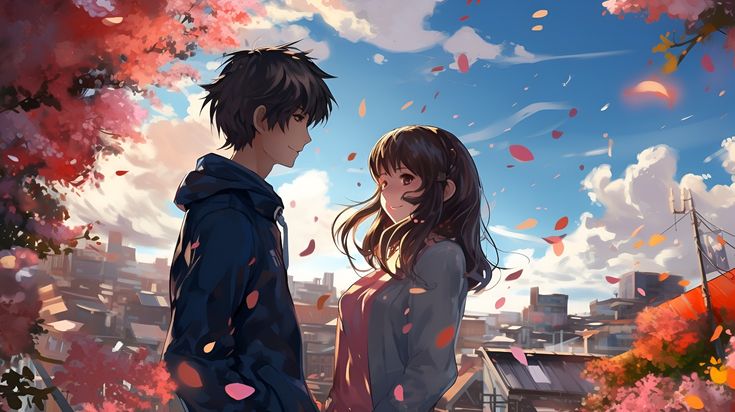
Kadoo -- Animal Welfare Data
An in progress proposal (dream) for a cutting-edge, world-class, Animal Data Management System
25 Feb 2024
Series Contents
- Kadoo, Animal Welfare Data Platform < – You are here
- Data Model and Standards
“A paw, a feather, a fin, and a friend.”
In my the experiment with a “Learning Out Loud”, I am open sourcing my thoughts about data management in animal welfare spaces. This post is not a proposal for a specific piece of software. It is not a business plan, a pitch, or a critique of existing systems. Instead, these are my raw dreams concerning ways we can simultaneously:
- Improve data about non-human animal companions,
- Improve the working functions of those we entrust with their care, and
- Foster stronger connections between animal care spaces and the communities they serve.
This is a wide-open fantasy about what could be.
First, a little bit about my background. For the full story, take a look at the rest of this blog. In short, I have spent the last 30+years at the intersection of computer science, community service, and animal care. I currently work as a Data and AI engineer and have worked on very ambition data standards projects. I have also volunteered in many conservation and animal welfare spaces – currently at the Humane Rescue Alliance in Washington, D.C. as a behavior assistant, adoptions counselor, and volunteer trainer.
I live at the intersection of those two worlds. About two years ago, I began thinking about data in animal welfare. Since then I have collected ideas, talked with professionals, and researched existing solutions. What follows is a mildly-filtered exploration of what could be.
Introducing Kadoo and Quinn!
The Kadoo Platform is a fully integrated data management platform for Animal Welfare Spaces like Shelters, Rescues, and Rehabilitation Centers. It is a Data First and Community Focused tool that is Practical and as Invisible as possible. It keeps track of the animal’s data (history, notes, medical, etc) and provides views and tools to discover powerful insights. It also integrates other important functions of animal welfare spaces such as volunteering, policies, and some communication. Last, it has a strong emphasis on community service.
Quin is an accompanying Large Language Model and Artificial Intelligence Platform specifically for Animal Care and Welfare.
Both Kadoo and Quin are tightly integrated, but discussed as independent so they can be separate if needed. The rest of this proposal treats them as one, at least for the time being.


Kadoo (cat) is an alumni of the Humane Rescue Alliance. A long length of stay cat who had some special medical and behavioral challenges. Quin was a very fearful dog who we believe was the victim of a backyard breaker. Both meant a lot to me personally. When they were adopted, there were a lot of tear eyes :)
Data First
Standardized data that is fully accessible through a web based dashboard and a robust API. Kadoo can also pull in data from other sources to synthesize dashboards and reports.
Data Realms
Just some of the kinds of data Kadoo would likely manage.
- Animal Information (species, breed, etc)
- Memos (of various types)
- Cases (for animal control and law enforcement)
- Behavior (treatments, observations, etc)
- Medical (vaccines, treatments, etc)
- Intake and Outcome
- Timelines automatically generated from all of the above
- Marketing and Media
Roles and Permissions
Every item of data is assigned permissions which correspond to various roles.
Importantly it is fine-grained enough to allow someone to view an animal, but only see what they have permission to see. In addition, you can redact specific text so that individuals cannot see personally identifiable information.
Some possible roles include:
- Admins with wide array of access
- Staff with all animal related data, but limited confidential information
- Volunteers with only access to data required for their roles
- Adopters and Fosters have access to about their animal
- Community members can view available animals
Keeping Tabs
- Newsfeeds, watch, share
- Each user has a personal newsfeed with their watched animals
- Users can share animals via static links
- Custom reports based off custom searches
API and Standardized Data
The full and robust API has the same permissions. All data is standardized with metadata and fully queryable using GraphQL or some custom query syntax. Queries can be saved and even subscribed for alerts.
Block Centric Data, Great Relationships
All the data has relationships, and each individual item (like a memo) is independent so that it can have multiple owners. For example, a memo about a playgroup can be attached to multiple dogs.
Eventing Workflow
Events are fired when certain data changes. These events can then trigger data cleanup (like finalizing an adoption outcome on a status change) or be subscribed to by external systems (like a light indicator above each cat condo that signifies the current stage) or emails sent (to alert the finder that the animal they found was adopted).
Data Collection and Input
- Kadoo is both mobile and desktop friendly.
- The Quin API has realtime access to the data and is bound by the same permissions.
- Quin allows for natural language data collection (in the chat say “Save this note for Quinn . . .”) including voice to text.
- Produce a general QR code for volunteers and staff to easily report behavior or medical information for any animals.
- Produce a specific QR code for volunteers and staff to easily report behavior or medical information for that specific animal.
- Quin can auto-tag animals with pre-defined tags based on the animals history (no-cats, good-with-children, etc)
Data Hygiene and validations
- Quin can help suggest ways to make a note more objective, specific, and non-anthropomorphizing.
- Data is sanitized before being saved
Community Focused
It’s important to remember that the data describes real life. That families and their non-human companions are at the center of animal welfare work. Community focused means that Kadoo provides tools to empower these community connections.
Family Case Management
Most animal welfare agencies do a lot more than shelter, rehabilitate, and release animals. They run pet pantries, vaccine clinics, education systems, and often personalized community care (like treat to return programs).
Kadoo will help track these interactions. It can track general data such as locations and amount of supplies distributed at a pantry, but also specific information such as family interactions with a medical team. Families can be given a specific case management dashboard and access to the personalized chat agent (Quin) to help them find their records and the resources they need.
Adopters Dashboard
Similar to case management dashboard, adopters have a specific dashboard that provides medical records, some behavior information, etc. It also has a Quin chat feature that can escalate to humans. This way all the communication is kept in a single place for easy reference. The dashboard also allows the adopter to provide followup information and photos.
Fosters Dashboard
Fosters have access to their current foster case, can communicate cleanly with case managers, and report behavior and medical observations and concerns. They also have a nice record of the animals they’ve fostered with outcomes and followup information if the adopter ever provides it.
Integrated Volunteer Management
Volunteers are the life’s blood of any animal welfare organization. Kadoo provides basic volunteer management including:
- Creating, scheduling, and signing up for opportunities
- Basic training credentials and locked opportunities
- Volunteer communication
- Training platform for basic online orientations and quizzes
- Tracking of hours and engagement reporting
Policy Bulletins and Books
Kadoo keeps a centralized collection of policies for staff, volunteers, and community. These can be updated frequently (such as URI protocols). These bulletins can also be integrated with Quin to provide answers to questions. Lastly, alerts can be sent out when policies change.
Bios, Kennel Cards, Tagging
In order to facilitate more seamless adoption interactions, Quin can create public-facing bios, produce kennel cards, and add tags to the animals (no-kids, medical-issue, good-with-dogs, etc) based on the history and notes. This also allows for a much more easily digestable summary to be shared in a Meet and Greet instead of the staff/volunteer having to parse complex information in an animals notes.
Automatically Scour for Lost Pets
Finding owners who have lost their pets is a time consuming process. Kadoo can make that easier by accepting a list of local places where people post their missing pets. Quin can then use text summarization, geo data, and image similarity recognition to flag potential matches.
Practical and Invisible
The purpose of any tool should be to get out of the users way and facilitate a more efficient and joyful experience. In this case, Kadoo should “get out of the way” and allow staff, volunteers, and community members to focus more time and energy on their animal care and community building efforts.
Multiple Views
As has been discussed, the primary way that Kadoo serves multiple stake holders is by providing multiple, individualized views into the data. Someone with a specific role sees only the data they are permitted to see. And, that data is presented in a way that makes sense for them. Some of the views discussed so far are:
- Staff Views with appropriate data filtering by permission
- Volunteer Views with appropriate data filtering by permission
- Adopter View with information about their adoptions
- Foster View with their past and current cases
- Community Case View for individuals using the services of the organization
- Open Community View to be used for adoptions
- Donor View with highlighted information for donors.
- Raw Data View via the API (also bound by permissions)
Clean, Modern, Friendly UI
The most important ways a software can become invisible is by being intuitive and using modern design grammar.
A Special Note on Quin and AI
Artificial Intelligence and Large Language Models have been mentioned many times throughout this document. I wanted to stress that this is not for gimmicks sake. AI is only proposed where it can reasonably (with today’s level of competency) be used to enhance the workflow and the data. AI produced work is also confirmed by humans. So, the LLM will draft a bio (for example) but a human has to edit and publish it. AI may suggest objective language revisions, but the human inputing the note has to accept and publish the note.
Just to tie it all together, this is a list of AI features from above and some others that didn’t fit anywhere:
- Objective language suggestions
- Creating marketing bios
- Answering questions about policy
- Answering basic customer care questions for the public (when is the next pet pantry, etc)
- Answering basic questions about the animal based on reported data
- Auto tagging animals with behavior and medical tags
- Matching stray animals with lost reports
- Summarizing animal notes
- Providing technical help for the API
In all cases, the AI is bound by the same roles and permissions that the user has.
Conclusion and Next Steps
This is a “Planning Out Loud” project and is meant to be messy and incomplete. It is a roughly organized dump of my interviews and thoughts over the last 2 or so years. It needs to be cleaned up and expanded upon. It also needs to be reviewed by other professionals.
In any case, as I mentioned before, this is NOT a proposal or pitch or business plan. The implementation off Kadoo and Quin (while not impossible) would require skill and resources. This is not a document about implementation. This is a space to dream.
Post Image Created with DALLE. Temporary logo.
Last Updated: March 4, 2024 – See Changes






